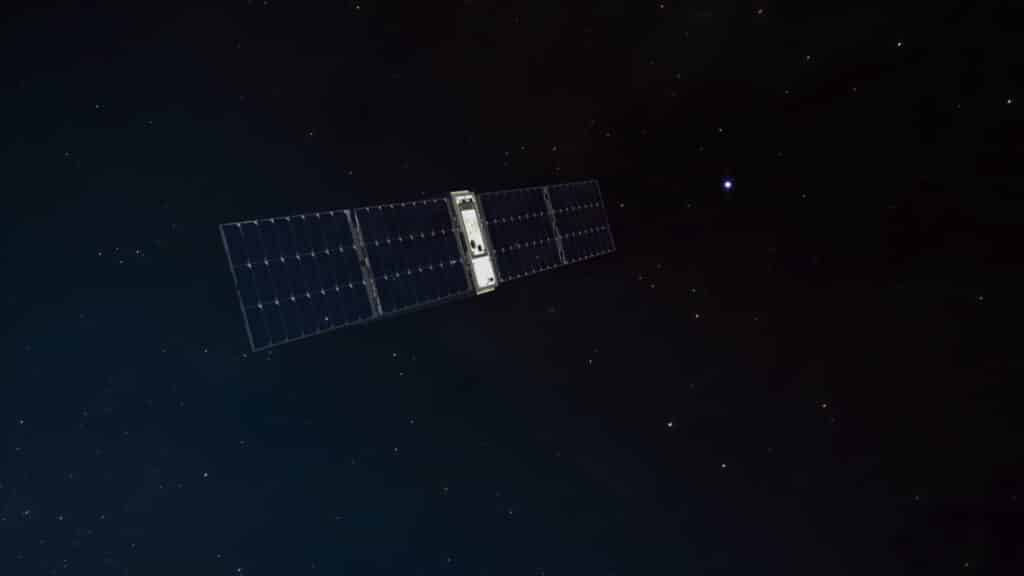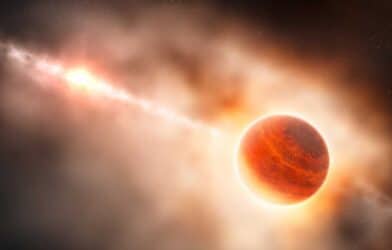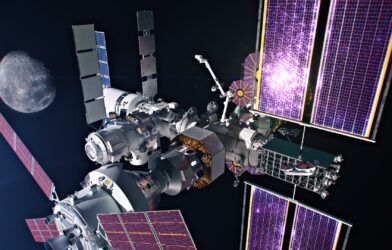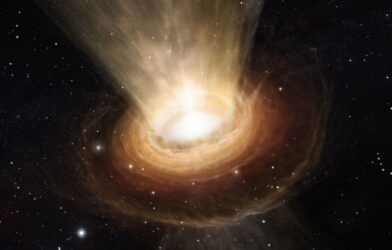A tiny, shoebox-sized satellite will soon be exploring the universe’s largest explosions. Launched aboard SpaceX’s 30th Commercial Resupply Services mission from Cape Canaveral Space Force Station in Florida, BurstCube is on its journey to the International Space Station. Once deployed into orbit, its mission will be to detect and study short gamma-ray bursts, the universe’s most intense explosions, offering captivating insights into the cosmos.
“BurstCube may be small, but in addition to investigating these extreme events, it’s testing new technology and providing important experience for early career astronomers and aerospace engineers,” says Jeremy Perkins, BurstCube’s principal investigator at NASA’s Goddard Space Flight Center in Greenbelt, Maryland, in a media release.
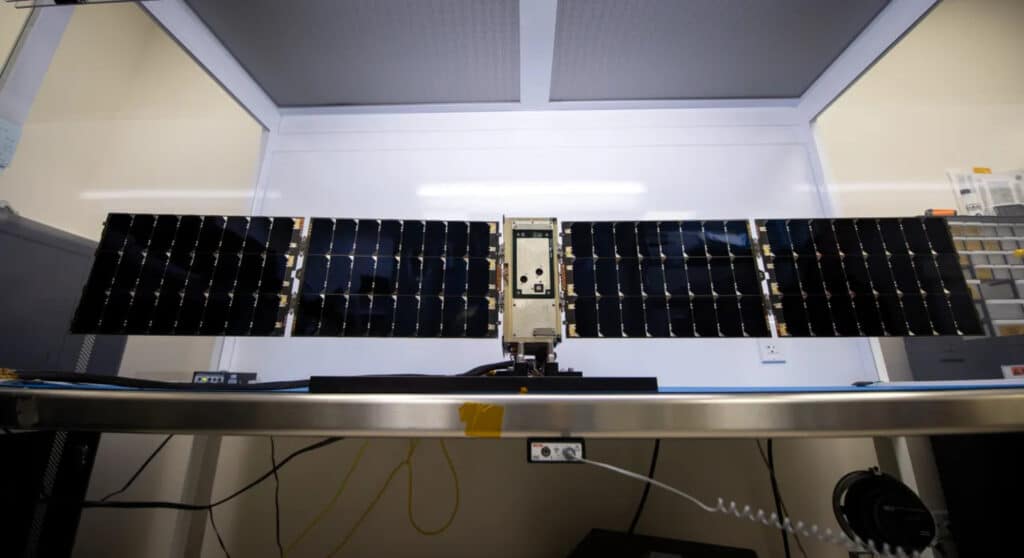
These short gamma-ray bursts are typically the result of collisions between neutron stars, which are incredibly dense remnants of massive stars that have undergone supernova explosions. Such catastrophic collisions not only emit high-energy gamma rays but also gravitational waves — ripples in the fabric of space-time itself. These events are not just spectacular cosmic shows — they are key to understanding fundamental aspects of the universe, including the creation of heavy elements like gold and the conditions essential for life.
BurstCube aims to enhance the burgeoning field of multimessenger astronomy, which utilizes both electromagnetic radiation (like light and gamma rays) and gravitational waves to study celestial phenomena. This approach promises a more comprehensive understanding of cosmic events by providing different ‘messenger’ insights.
The groundbreaking observation in 2017 of both gravitational waves and light from the same event marked a pivotal moment for multimessenger astronomy. BurstCube seeks to build on this foundation by improving the odds of capturing more such concurrent events.
“BurstCube’s detectors are angled to allow us to detect and localize events over a wide area of the sky,” notes Israel Martinez, research scientist and BurstCube team member at the University of Maryland-College Park and Goddard. “Our current gamma-ray missions can only see about 70% of the sky at any moment because Earth blocks their view. Increasing our coverage with satellites like BurstCube improves the odds we’ll catch more bursts coincident with gravitational wave detections.”
BurstCube’s innovative design allows it to detect gamma rays over a broad energy range. Its detectors are equipped with a cesium iodide scintillator that transforms incoming gamma rays into visible light, which is then converted into electrical signals for measurement. This process not only captures the intensity and timing of the gamma-ray bursts but also helps pinpoint their origin in the sky.
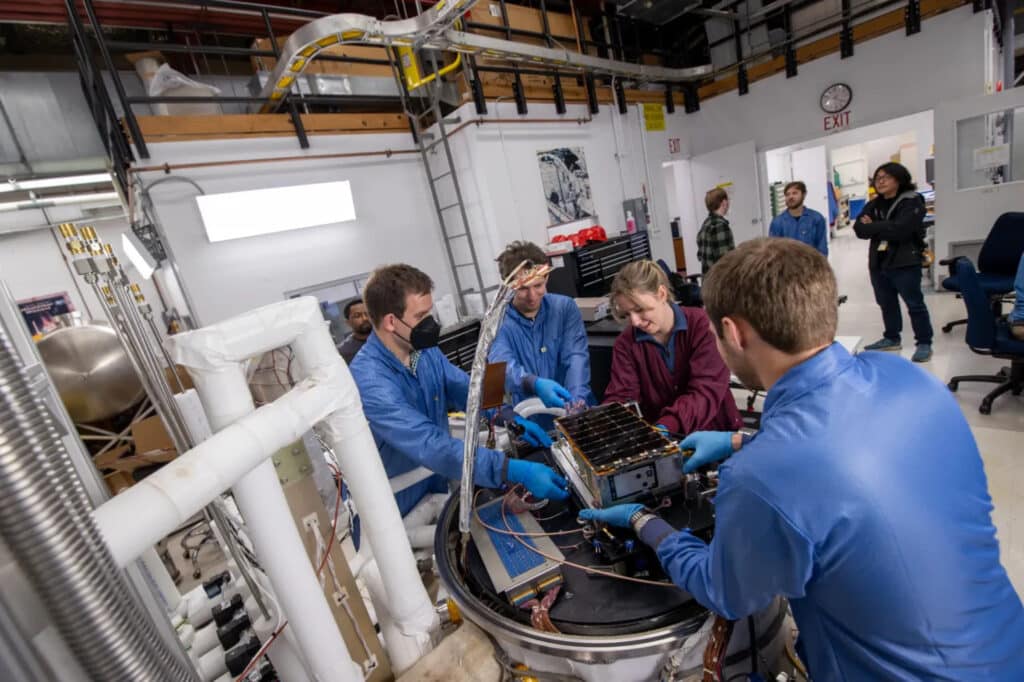
As a CubeSat, BurstCube exemplifies the potential of small satellites to conduct significant scientific research and technological testing at a fraction of the cost and time required for traditional space missions.
“We were able to order many of BurstCube’s parts, like solar panels and other off-the-shelf components, which are becoming standardized for CubeSats,” explains Julie Cox, a BurstCube mechanical engineer at Goddard. “That allowed us to focus on the mission’s novel aspects, like the made-in-house components and the instrument, which will demonstrate how a new generation of miniaturized gamma-ray detectors work in space.”
The BurstCube mission, led by NASA’s Goddard Space Flight Center and supported by a collaboration of institutions, represents a step forward in the quest to unravel the mysteries of the universe. Through this compact but powerful satellite, scientists hope to gain a deeper understanding of the cosmic forces at play and the events that shape our universe.
